Meze Audio Poet: One-minute review
The Meze Audio Poet are a posh pair of ‘phones. At this price point, you deserve nothing less than ‘posh’, and the Poet deliver in spades – from an impressive quality of build to a lagoons-deep listening experience. Smart touches like magnetically attached earpads and a nifty adjustment mechanism exemplify the thoughtfulness with which the Poet were designed, like many of the best wired headphone available.
A narrow soundstage and an eventually fatiguing listening experience serve to slightly dull these premium cans' shine to sit easily among the best over-ear headphones on the market – but only because of the increased scrutiny such premium prices invite. For those with the budget and inclination, the Poet are a hard set to turn down.
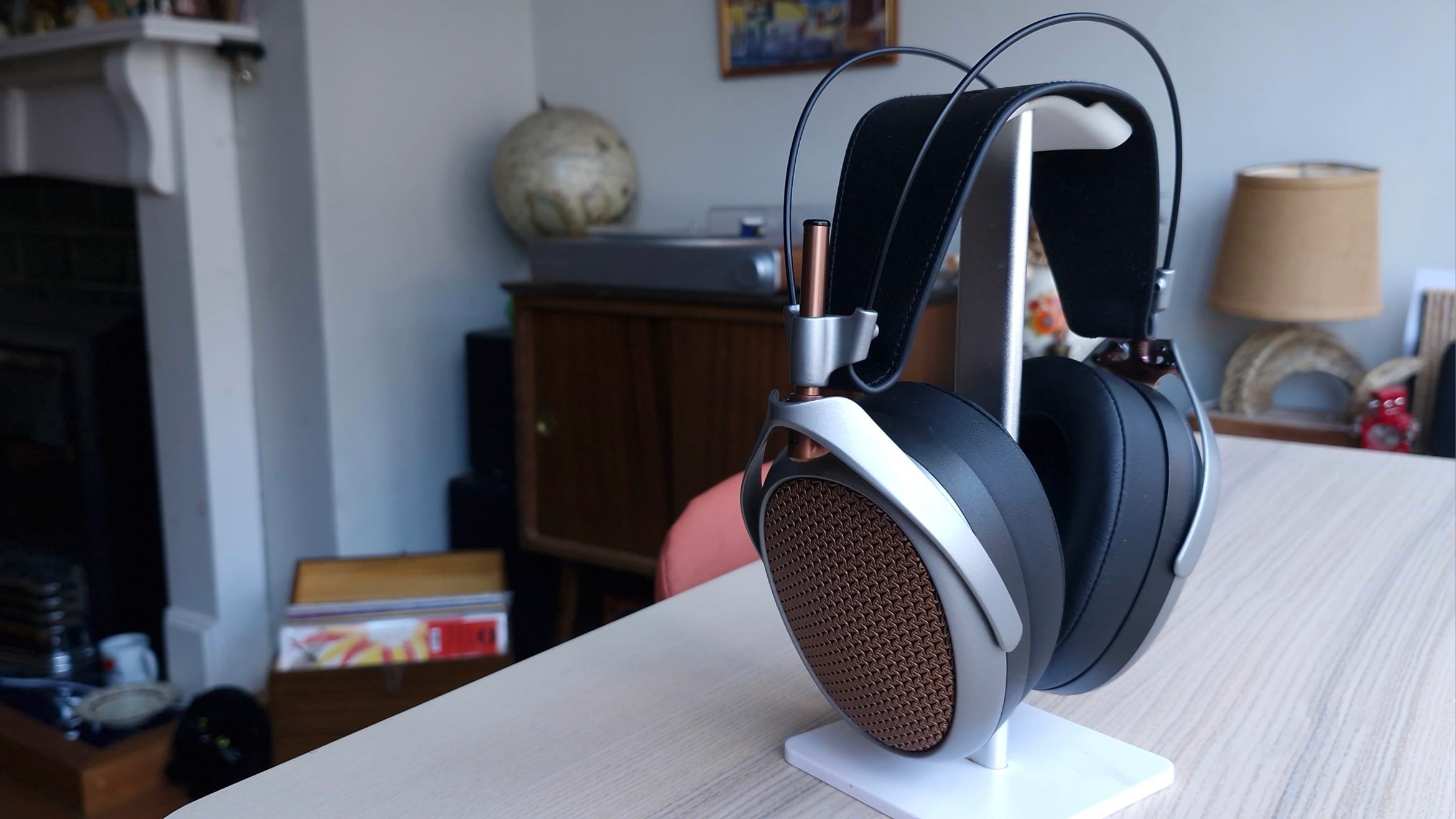
Meze Audio Poet review: Price and release date
- Released February 20, 2025
- $2,000 / £1,899 / AU$3,550
Meze Audio is a relatively young headphone company – at least, young against the years held by the generational heavyweights that tend to claim column inches such as these. Yet in a relatively short period of time, this underdog has curried a not-so-relatively high level of consumer trust and goodwill, thanks to an ever-expanding range of headphones both accessible and incomparable.
These are the Meze Audio Poet, a recent entrant into their range of upper-crust audiophile headphones. They continue the tradition of posh Meze units past, coupling forward-thinking driver design with rarefied aesthetic design to make something as fun to look at as they are to listen through.
The Poet aren't the most expensive pair on Meze’s audiophile-range docket, but at $2,000 / £1,899 / AU$3,550, nor are they 'cheap". How, then, do they fare?

Meze Audio Poet review: Features
- State-of-the-art planar drivers
- Smart, musical acoustic design
- Earpads easy to detach
The Meze Audio Poet are a serious piece of audiophile-listening kit. This fact is borne out, in part, by the abject lack of anything that conventionally constitutes a ‘device feature’. If you, as someone new to this echelon of listening device, are looking for consumer-grade bells and whistles, such as wireless connectivity, active noise cancelling or aggressive digital EQ sculpting/bass-boosting, you’ll come up mercifully short.
The features that stand the Poet apart are those that make their listening experience worth the outlay – starting with its drivers.
The Poet have planar magnetic drivers, designed and manufactured exclusively for Meze by Rinaro. This is a partnership that goes back a way, and which has produced special fruit – both in the form of a unique diaphragm design (found here, and in other audiophile Meze-mezze like the Elite and Meze Empyrean), and in a new MZ6 driver design, which combines incomparable fidelity with incomparable compactitude. Planar drivers have their own USPs, including (among many other attributes) extensive upper-range detail and smoothness. Here, you’re getting the cream of the crop.
Meze Audio has also licensed proprietary Acoustic Metamaterial Tuning System (AMTS) tech from Dan Clark Audio – a clever system of physical frequency-damping that serves to tame fatigue-inducing high-end. Since these babies have a fidelity of up to 96kHz, you can see the appeal of such high-end control.
On the practical side of the equation, a somewhat-novel feature presents in the complete removability and replaceability of the ear pads with incontestable ease. They’re held in place magnetically, and can be plucked off for cleaning or replacement without the demented and destructive picking and tugging that the same events can often require in other headphones.
This kind of modularity is a vote of confidence in the headphones, too. Meze expects you to go the distance with the Poet, so much so that it wants you to be able to take the best possible care of them, thereby maintaining the best possible listening experience. It may be a bare-minimum expectation for something so priced as the Poet, but in the world we live in, and with the unscrupulous design decisions undertaken by other consumer brands, a win is very much a win.
- Features score: 5 / 5

Meze Audio Poet review: Sound quality
- Excellent depth of sound
- Voices, woodwinds and transients are glorious
- Soundstage a little narrow
Though the Poet are open-back headphones, they still have some interesting closed-back-y isolation created by the ear cups – with partial thanks to the snug fit they create around your ears. The ear cup cushioning is plush and deep, and docking into them feels like closing an airlock around your face. It’s pleasantly uncanny, hearing a quieter, still-clear outside world while your ears feel like they’re in a different space altogether.
Listening to my digital copy of Pile’s luminary album All Fiction is disarming for the impressive attack these cans possess; this is one of the more convincing translations of the album I’ve heard, insofar as feeling like Rick Maguire is frustratedly plucking those guitar strings in real space, close by my ears.
The soundstage isn’t the most three-dimensional I’ve heard – more on which shortly – but the depth and separation between instruments is highly commendable. For instance, in Pile’s Blood, auxiliary strings thrum through its emotional climax. I usually perceive them as a searing block; a unit. Through the Poet, though, they’re the multitudes they were recorded as – strands, vibrating apart, and catching one another’s air.
Alabaster DePlume’s work was a particular high point for me with these headphones. Not Even Sobbing, from Come With Fierce Grace, is a sparse elegy that fills in from the outside, its endless swells and dwells between saxophone, voices, violins and bass that seem to gain volume by mitosis, crowding in close around your ears like you’re the fire they’re singing round. The Poet hear them beautifully.
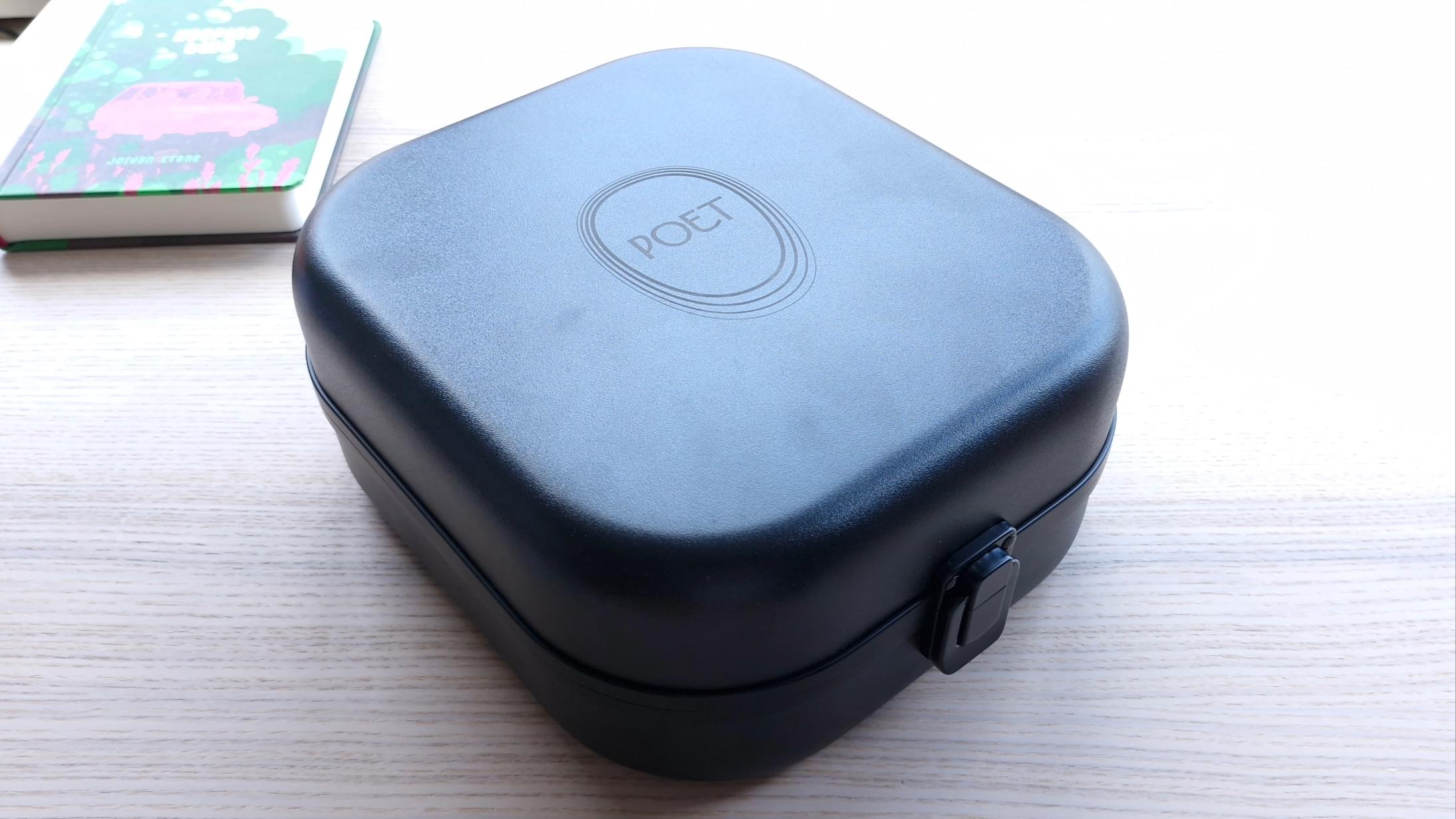
This is the Poet’s strength. They can readily resolve disparate instruments within an arrangement, in a way that highlights the figurative space between performances, musicians, and takes. Lesser headphones have a tendency to glue, smear, and otherwise daub, often imperceptibly – which can render the background more as an oil painting than a relief.
Hearing a creak in the piano at the start of Andy Shauf’s I’m Not Falling Asleep, from The Bearer Of Bad News, sealed the deal with this line of enquiry. The rendering of a space and time with open clarity and tangibility gives you new angles from which to feel close to something special.
The Poet are dynamite with transients, too. Everything’s whip-crack sharp and responsive. This is a particularly cathartic demeanor when it comes to the dead drums and plucky electric piano of Demon Fuzz’s Afreaka!, or the delicate, tentative textures of The Books’ collage-folk The Lemon of Pink.
All this said, the Poet do tend to prefer vocals – simultaneously a strength in one sense, and a weakness in others. The prominence of that upper-mid range over the lower-mids can make for an occasionally imbalanced experience, but also gave another high point in listening to Dirty Projectors and Bjork’s When The World Comes to an End, from the phenomenal, voice-led EP Mount Wittenberg Orca.
The open-back design doesn’t bring as much width as other headphones, and many of the albums I listened to across multiple devices and formats felt ‘closer’ than I felt they ought to. That said, they do seem to do the trick with respect to low end, which feels quite bloomy, but in a plush and rich way (as opposed to the boomy, indistinct way many closed-backs ultimately provide).
I thought this, plus the tighter soundstage and V-shaped frequency response, would make heavier tracks like those of Queens of the Stone Age’s Songs For The Deaf a little lacklustre. Boy, was I wrong. The vocals are a little floaty, but that grinding muffled-guitar core is everything you’d hope for and more – and the bass a silky undercurrent enjoying newfound fidelity and focus. Ultimately, these headphones are an indulgent listen.
- Sound quality score: 4.5 / 5

Meze Audio Poet review: Design
- Impeccably put-together
- Satisfying practical design flourishes
- Robust enough to assuage your worry
The Meze Audio Poet are premium kit, so it should come as no surprise that there’s some pristine design in and around them. It’s hard not to start with the case – a foam-lined ABS hard-case with an unnecessarily neat pleather-clad hinge. It’s not the most opulent outer shell in the world, but opening it does feel like unwrapping a gift every time (particularly with a well-chosen, pleasant-to-use clasp at the front).
The headphones themselves, more importantly, are a veritable work of art. Precision-milled backplates catch the light in intoxicating ways via their contemporary art-deco-ish patterning, and feel hugely solid against my hands' light compressive force.
On the connectivity front, the cables are thankfully discrete from the ear cups. Each ear cup jack receives its respective TS connector with a stiff and reassuring click. I’m confident that, in the unlikely event you comedically wrap your Poet cable around a nearby hatstand while in transit, the hatstand would follow you for the ride.
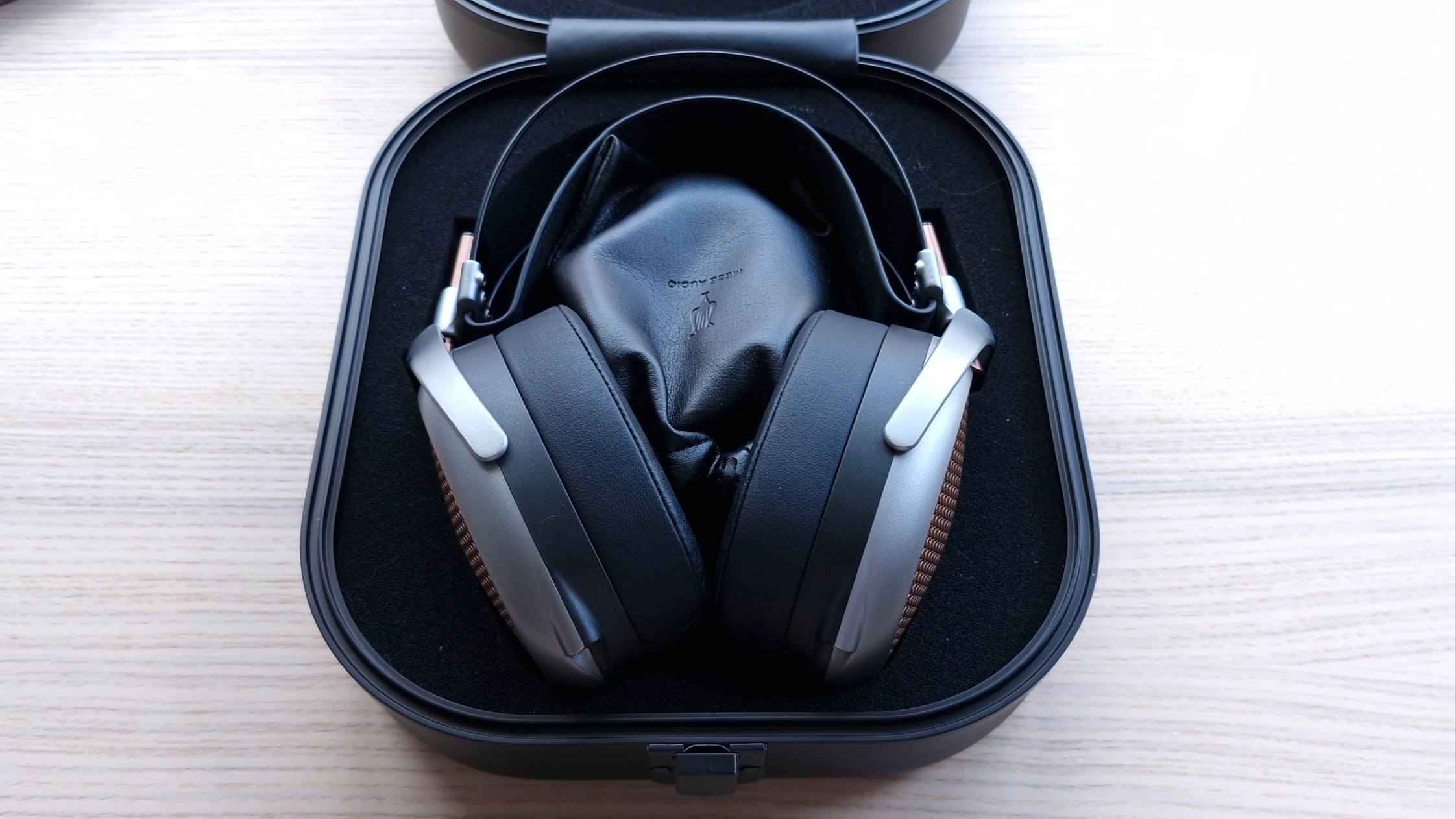
Something I absolutely love about the Poet’s design is their complete embracement of simple solutions over flashy tech. Ear cup adjustment isn’t some encapsulated, easy-to-break ratcheting system, but rather a simple friction-based push-fit system – it moves slowly and surely up and down, but freely in rotation. Exceedingly simple, and exceedingly well executed.
That lean to simplicity does create a fun potential pitfall or two in places, though. For instance, the titanium bars that host the earcups are resonant, and all too eager to transmit their gong-like overtures through to your ears with the slightest bang or brush. Meanwhile, the headband is a single length of suede leather, which promotes ease of fit to your bonce but doesn’t play as nice with headphone stands.
Minuscule gripe aside, these headphones are self-evidently designed with careful thought – and with something of a reverence for those people that’ll be spending their hard-earned on grabbing a pair. I’m a fan!
- Design score: 5 / 5
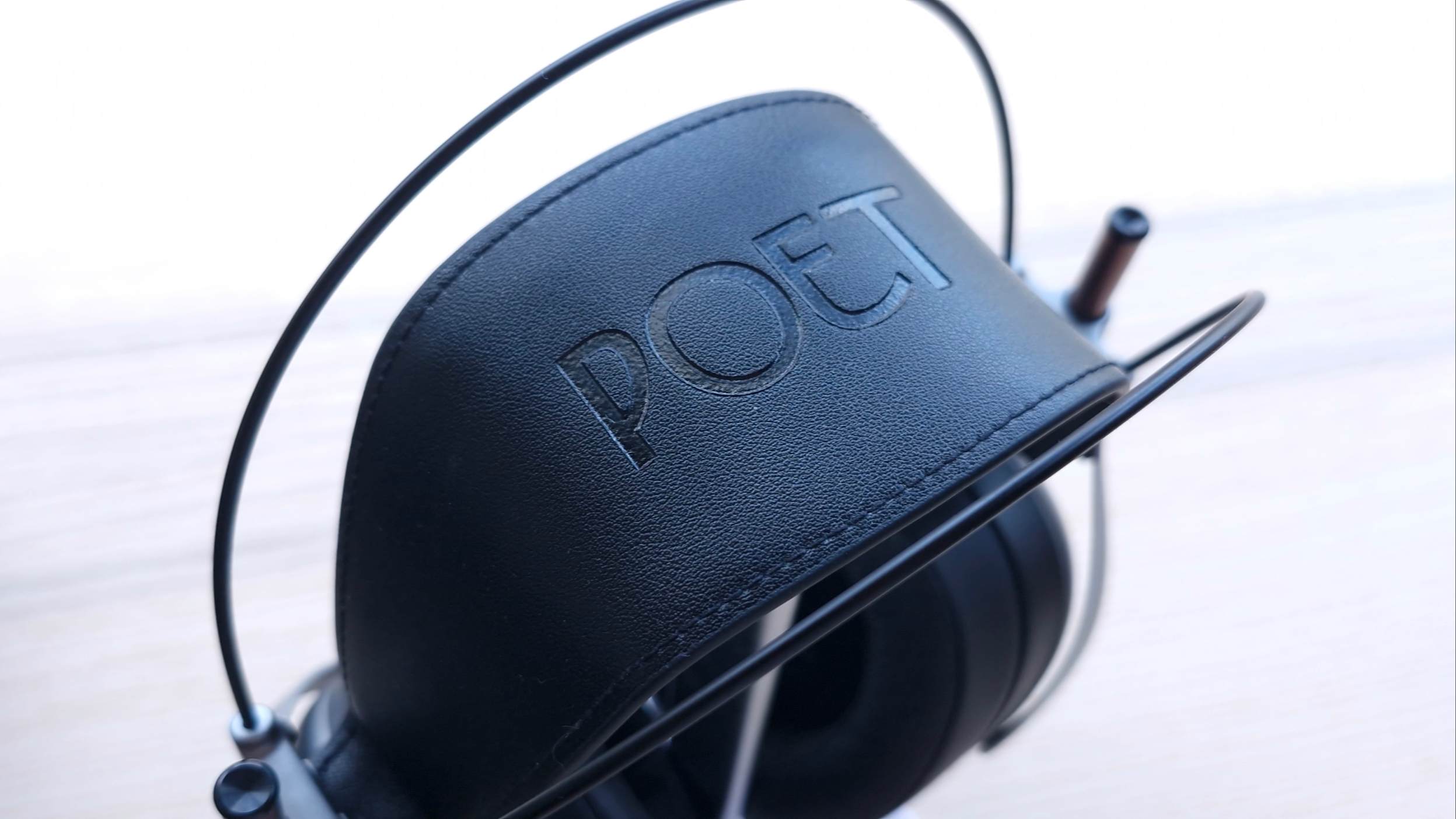
Meze Audio Poet review: Value
- Price not to be sniffed at, even if cheaper than other audiophile headphones
- Justify their price point well...
- … but minor shortcomings stand out more
With a pair of headphones as, frankly, luxuriant as these, two key issues present.
For one, they will handily reveal the shortcomings of practically any sound source you put before them. For another, they will wear their own shortcomings all the more prominently, if only for the increased scrutiny that such a high asking price places on them.
It’s an easy trap to fall into with something as good, and as expensive, as the Meze Audio Poet. And bear in mind, too, that this is still the ‘budget’ end of the audiophile spectrum, one which, at the other extremity, straight-facedly asks you to spend tens of thousands. I love these things, but the threshold for unequivocal endorsement gets exponentially higher against cost, just as returns tend to diminish.
It is with this line of thinking, and these resulting caveats, that I say the Meze Audio Poet do a great job of justifying their expense, but that certain behaviors – from a narrower-than-expected soundstage to the unexpected fatigue of longer listening sessions – stand out more for that expense. Your money is paying for cutting-edge planar drivers, meticulously designed and stunningly beautiful earcups, effortless ergonomics and quality materials; it also needs to buy you an experience greater than the sum of its parts, which the Poet readily do. With some small asterisks.
- Value score: 4 / 5

Meze Audio Poet review: Should you buy them?
Swipe to scroll horizontally
Features | Free from the tyranny of consumer-grade bells-and-whistles; cutting-edge drivers and acoustic design are triumphs. | 5 / 5 |
Sound quality | Bright, clear, deep, reedy – the Poet are a rich set, friendly to vocals but incredibly adept with transients. | 4.5 / 5 |
Design | Beautifully made, with some well-executed minimal mechanisms; a joy to behold and to wear. | 5 / 5 |
Value | The research, design and commitment to quality justify the price, but the little things, stand out against that price all the more. | 4 / 5 |
Buy them if...
You value your hi-fi
Audiophile headphones are the haunt of the discerning listener. The Poet are here to render your records and audio files in the clearest, deepest light – and will perform all the better when placed after quality sources.
You’re an active listener
These headphones dock over your ears like visiting spaceships. Though open-back, they create a remarkable distance between you and the world around. This, coupled with the three-dimensional rendering the Poet are capable of, make scrutinizing your faves for new discoveries all the more thrilling.
Don't buy them if...
You’re risking your credit score to do so
Impeccable as the Poet sound, they're only worth investing in if you’ve the money spare. You’ll find more bang-for-buck, and near-equivalent enjoyability, in cheaper Meze Audio cans!
You’re choosing open-backs for the soundstage
Despite their open-back nature, the Poet do not quite ‘breathe’ the same as other open-backs this writer has tried and enjoyed. I’m reminded more of closed-back headphones by the fit and feel, as well as the dimensionality of sound.
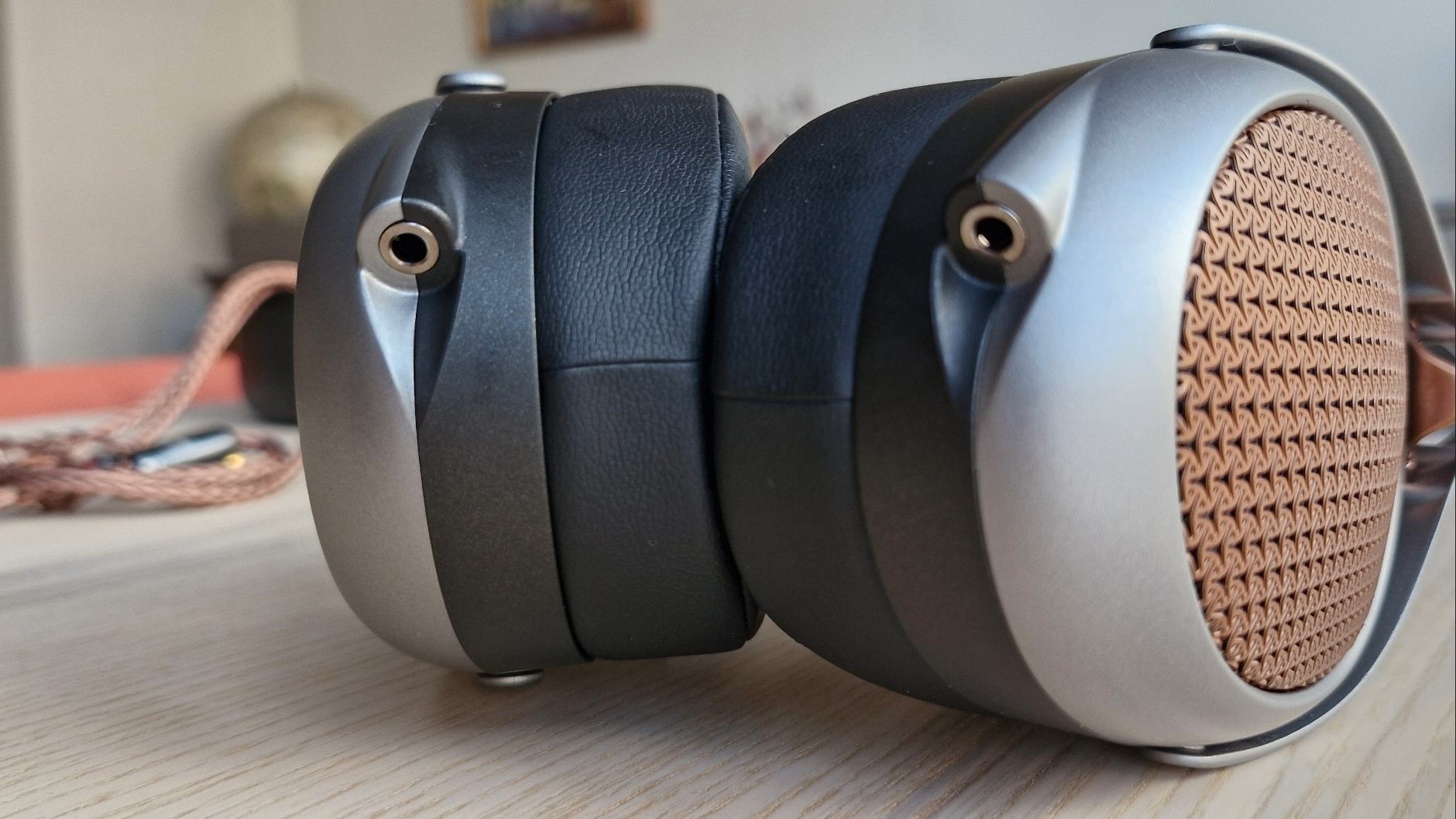
Meze Audio Poet review: Also consider
Swipe to scroll horizontally
Type: | Over-ear | Over-ear | Over-ear |
Open-back or closed-back: | Open-back | Open-back | Open-back |
Driver: | Planar magnetic | Planar magnetic | Planar magnetic |
Frequency range: | 4Hz to 96kHz | 7Hz to 40kHz | 10Hz to 40kHz |
Impedance: | 55 ohms | 36 ohms | 18 ohms |
Connector: | Dual mono TS 3.5mm to 6.3mm TRS | Dual mono TS 3.5mm to 3.5mm TRRRS | Wireless (Bluetooth, LDAC/aptX Lossless) |
Weight: | 405g | 465g | 347g |
Extras: | ABS hard case, dual TS to 6.3mm stereo cable, dual TS to 3.5mm stereo cable | Carry case, Dual mono TS 3.5mm to 3.5mm TRRRS cable, x4 TRRRS adapters (3.5mm TRS; 4.4mm TRRS; 6.3mm TRS; mini XLR) | Carrying case, 3.5mm TRS cable, USB-A to USB-C cable, ear pads |
FiiO FT5
FiiO’s FT5 over-ear headphones are, if anything, disruptive. FiiO has done some incredible things with its position in the hi-fi market, including bringing stunning leaps in planar magnetic driver tech to the mid-range much quicker than anyone else has dared. Do they sound better than the Poet? No. Are they four times cheaper and still Actually Very Good? Yes.
Read the full FiiO FT5 review here
Edifier Stax Spirit S5
If you actually want those high-tech gubbins I was so gleefully celebrating the absence of before, try the Edifier Stax Spirit S5 on for size. Wireless tech and app connectivity collide with planar magnetic driver design in this Actually Quite Affordable pair of quality listening ‘phones.
Read our full Edifier Stax Spirit S5 review here
Meze Audio Poet review: How I tested
- Tested for five weeks
- Used as listening headphones at home
- Mainly tested with digital music sources, via my computer and a Universal Audio interface
- Also listened to vinyl on a Victrola Stream Sapphire, via the headphone out of a Cambridge Audio amplifier
Headphones are a daily fixture for me. As a freelance writer often in need of ‘locking in’, as a music lover with an ever-expanding library of too-cool-for-school records, and as a freelance musician reliant on headphones for recording, monitoring and mixing.
My experience with headphones of all types, purposes and budgets puts me in a fun position to evaluate the Meze Audio Poet – a pair of audiophile cans which became my resident listening headphones at home, spending time between my living room and attic studio space.
In the attic, the Poet were used to listen to digital copies of records from my collection and via streaming, through a Universal Audio Volt 4 audio interface. In the living room, the headphones were plugged into my Cambridge Audio Azur 540r receiver, which received the sound of my record collection via a Victrola Stream Sapphire turntable (outfitted with an Ortofon 2M Blue cartridge).
- First reviewed: June 2025
- Read more about how we test


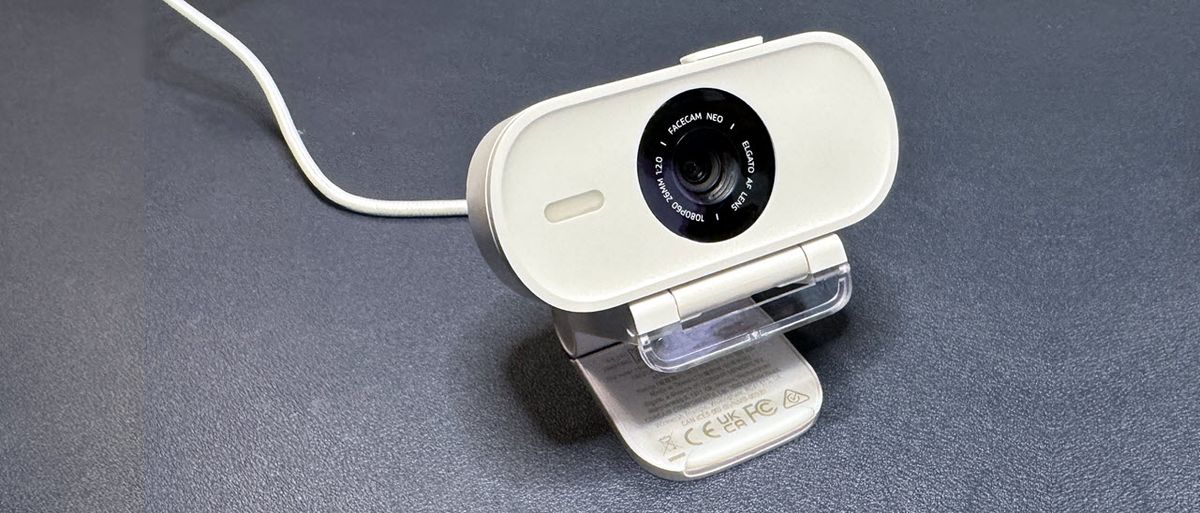








 English (US) ·
English (US) ·